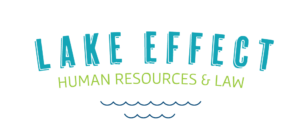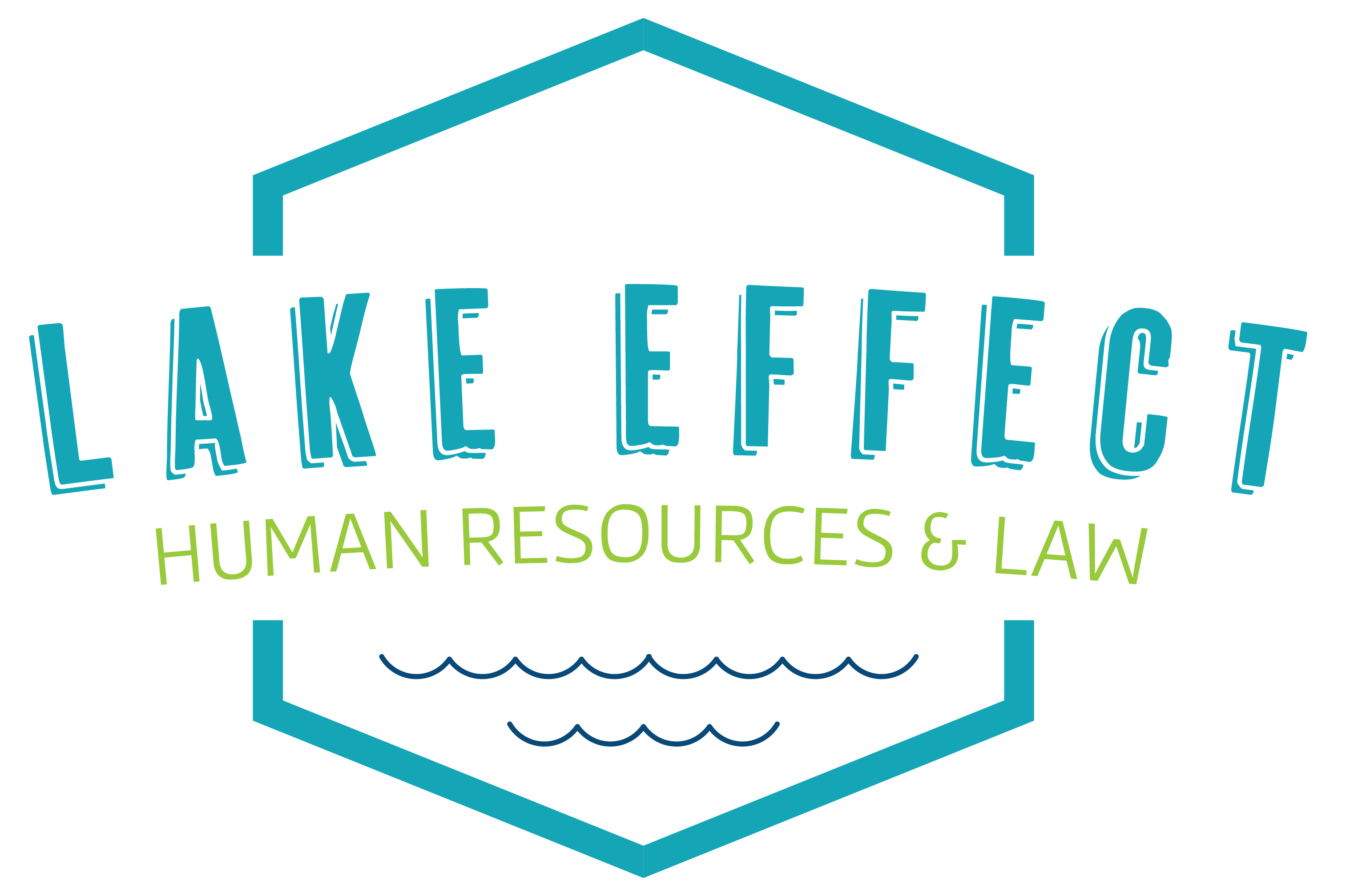Benefit Limits for 2022

Each year, the IRS sets new limits for employee benefits plans and retirement plans. Please see below for Lake Effect’s ready reference chart setting forth the Benefits Limits for the 2022 tax year. A PDF of this information can be downloaded here. 2021 2022 Flexible Spending Accounts (FSAs) Healthcare FSA max election (per year) […]
OSHA Issues COVID-19 Vaccination and Testing Emergency Temporary Standard

On November 4, 2021, OSHA issued its Emergency Temporary Standard (ETS) and a helpful FAQ detailing the federal mandatory vaccination and testing requirements for large employers across the country. The ETS is lengthy and detailed, but major highlights include the following: Who: The mandatory vaccination and testing requirements apply to US employers with at least 100 employees firm or […]
US Department of Labor Issues Final Rule on Tipped Workers

On October 28, 2021, the US Department of Labor (DOL) issued its Final Rule on tipped workers, establishing when tipped employees can be paid less than the federal minimum wage, an issue that has been in a state of flux over the last several years. The Final Rule will take effect on December 28, 2021. […]
Provisions of Final Tip Pool Rule Effective November 23, 2021

The U.S. Department of Labor’s latest final tip pool rule provisions will take effect on November 23, 2021. For further discussion on other provisions of the final rule that were implemented in April 2021, please see Lake Effect’s prior blog on this topic. The following provisions of the final tip pool rule will take effect […]
IL Passes Law Restricting Non-Competes and Non-Solicitation Agreements

On August 13, 2021 Illinois Governor Pritzker signed into law broad restrictions on employee non-competes and non-solicitation agreements. The non-solicit restrictions apply to employer’s customers, as well as other employees. The new law applies to agreements executed with an employee on or after January 1, 2022. As of that date, the law bans: Non-competes with […]
Dane County Face Covering Emergency Order

Public Health Madison & Dane County (PHMDC) has issued a new Public Health Order, effective August 19, 2021 through September 16, 2021. The new order requires individuals to wear face masks indoors, employers to develop a policy providing and requiring face masks, and organizations to post a sign mandating face masks indoors. To address the […]
Maintaining a Respectful Workplace Post-COVID

While some organizations have been on site through the pandemic, others have returned in recent months. Many others are planning a more robust employee return to office in the coming weeks. As more employees return to work in the office, employers may need to reestablish and remind employees about expectations of workplace conduct to foster […]
Increased Fines for Not Posting Employment Posters

The federal government recently increased the fines employers may face for violating federal employment law posting requirements. Going forward, the potential posting fines are: Family and Medical Leave Act – $178 Job Safety and Health: It’s the Law – $13,653 Employee Polygraph Protection Act – $21,663 EEO is the Law – $576 Employers should also […]
HR Reporting Updates

There have been two important employer reporting updates for Human Resource practitioners. First, the Equal Employment Opportunity Commission (EEOC) announced an extension of the deadline for submission of 2019 and 2020 EEO-1 Component 1 Data Collection to Monday, August 23, 2021. Please see Lake Effect’s prior blog on EEO-1 reporting requirements for more information. Second, […]
President Biden Signs Law Making Juneteenth a Federal Holiday

On June 17, 2021, President Biden signed into law Juneteenth National Independence Day, making June 19 the 12th federal holiday. Juneteenth commemorates the end of slavery in the United States in 1865, almost three years after the Emancipation Proclamation was signed in 1862. Most federal employees will observe the holiday on Friday, June 18 this […]

